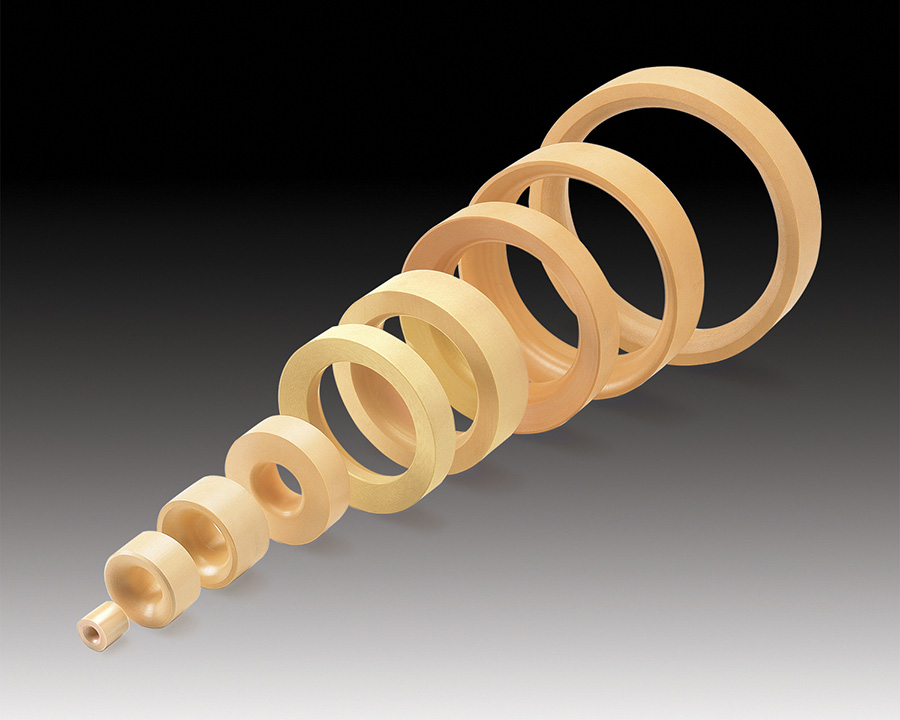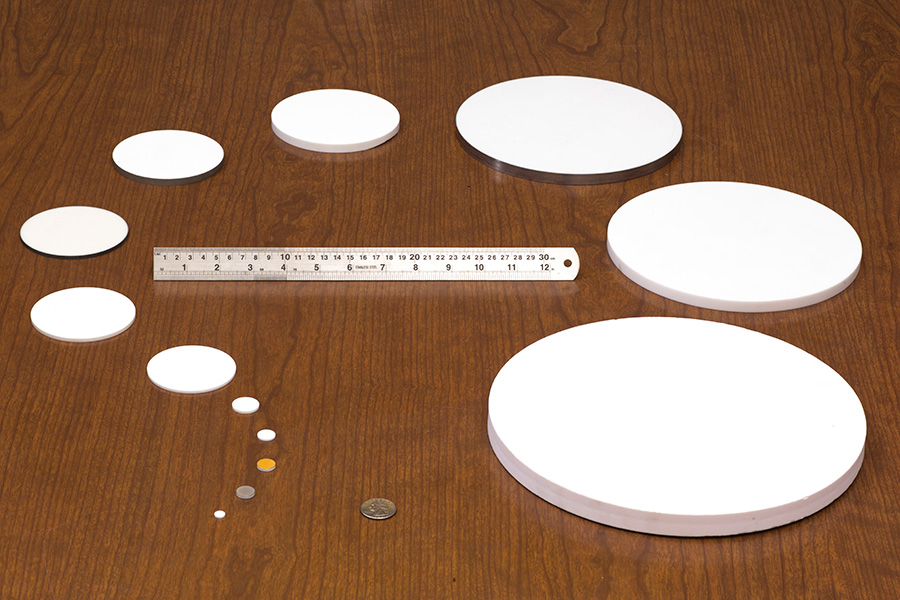The many unique performance characteristics and values provided by today’s advanced technology ceramics and refractories make them powerful candidates in material selection.
Designers often overlook advanced ceramics and refractories for several reasons. Often, they are simply not aware of the performance advantages over metals and other compounded materials. Another reason is cost perceptions of a price-per-pound mentality versus total cost over the life of the application or project. Still another is the assumption that there are more limitations on ceramic forming methods than on other materials.
Consider Versatility
The truth is that ceramics’ firing and shape-making capability is extremely versatile and flexible.
Consider some of the common forming methods employed by the leading ceramic component makers:
- Isostatic Pressing
- Injection Molding
- Thixotropic Casting
- Slip-Casting
- Extrusion
- Uni-axial Pressing
- Vibration Casting
- Laser-Scribing
- Tape Casting
Consider the wide range of industries and applications where ceramics are used, thanks to their excellent performance in electronic, thermal, wear and structural/mechanical environments.Through these forming processes, among others, the ability to create new designs in ceramics is limited only by one’s imagination.
Automotive, refractory, food processing, instrumentation, semiconductor fabrication, steel, aluminum, chemical, industrial and power generation are just a few of the many industries using ceramic components.
For more information about applications please refer to the Industry Matrix within the Member Capabilities section.
Consider the Material Performance Advantages of Ceramics
Many ceramic and refractory materials routinely outperform metals, alloys and compound materials -particularly where operating environments are extremely harsh, due to high temperatures, erosive, corrosive and abrasive conditions, as well as extreme thermal cycling requirements and thermal shock conditions.
The chart below is intended to provide a reference to the typical ranges of ceramic materials characteristics- many of which are measured by utilizing ASTM standard procedures.
| Ceramic Materials Characteristics Range | |
| Modulus of Rupture | |
| at Room Temperature (°F) | Up to 150,000 psi |
| at 2500 (°F) | Up to 20,000 psi |
| Typical-Use Temperature Ranges: | Up to 3000°F |
| Extreme-Use Temperatures: | Greater than 3500°F |
| Coefficient of Thermal Expansion (Per °F): | 0.005 x 10-6 to 20 x 10-6 |
| Bulk Density (lb/ft3) | 4 to 380 |
| Apparent Porosity (% Fired): | 0 to 70+% |
| Range of Material Options – a sampling | |
| Alumina Aluminum Silicate Aluminum Nitride Boron Carbide Boron Nitride Cordierite Fused Silica Magnesia |
Mullite Silica Silicon Carbide Silicon Nitride Steatite Titania Zircon Zirconia |


